Home>Furniture>Outdoor Furniture>How To Decorate A Patio With Plants
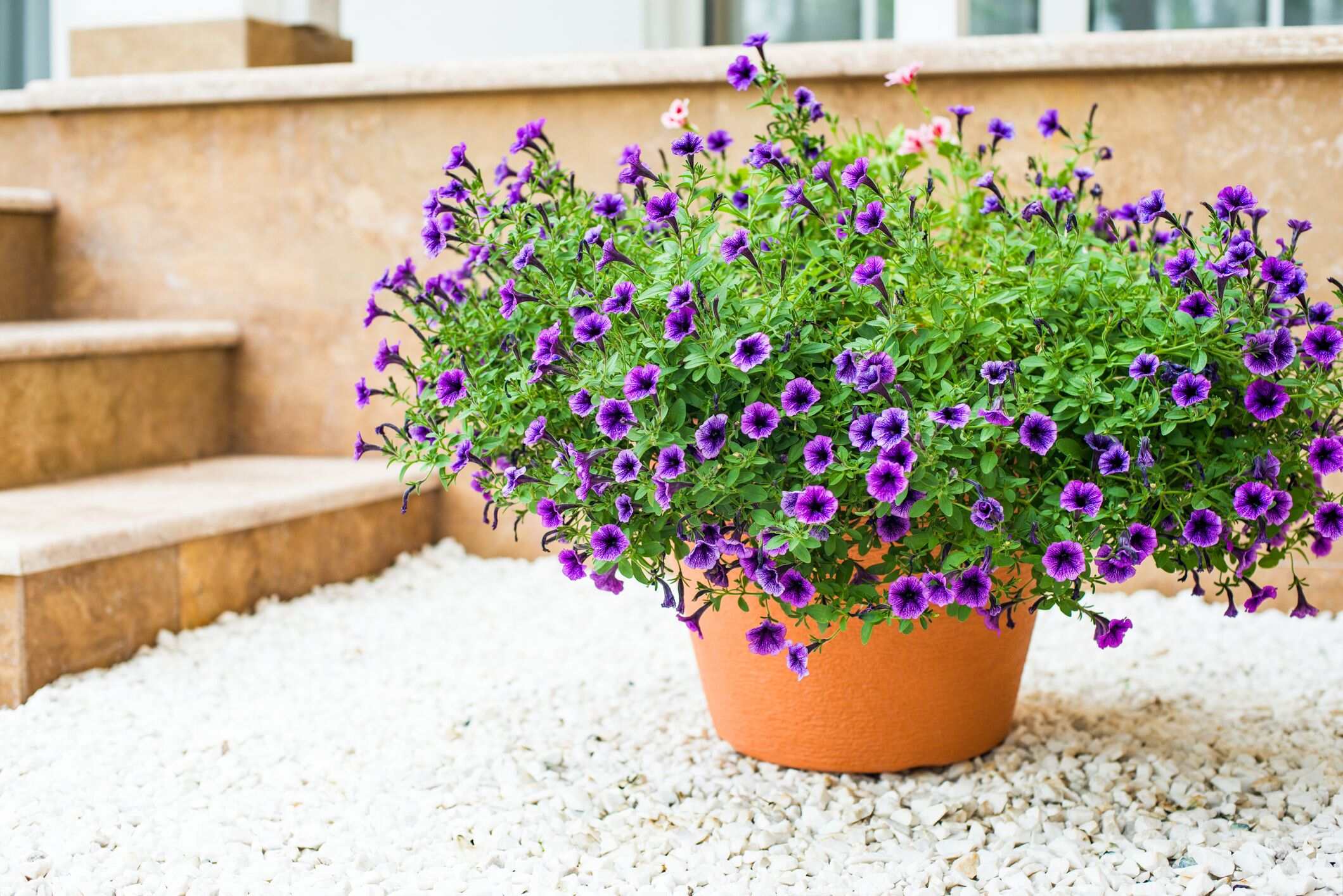

Outdoor Furniture
How To Decorate A Patio With Plants
Modified: March 7, 2024
Learn how to enhance your patio with beautiful plants and create a cozy outdoor space with carefully selected outdoor furniture. Explore our tips for a stylish and inviting patio setup.
(Many of the links in this article redirect to a specific reviewed product. Your purchase of these products through affiliate links helps to generate commission for Storables.com, at no extra cost. Learn more)
Introduction
Transforming your patio into a vibrant and inviting outdoor space can be a rewarding project. One of the most effective ways to add beauty and charm to your patio is by decorating it with plants. Plants not only bring life and color to your outdoor area but also create a soothing and relaxing atmosphere.
In this guide, we will walk you through the steps to decorate your patio with plants. From assessing your patio space to selecting the right plants and arranging them strategically, we will provide you with all the information you need to create a stunning and functional outdoor oasis.
Whether you have a small balcony or a spacious patio, the principles of patio plant decor apply universally. By following these steps, you can transform your patio into an inviting and vibrant space where you can spend quality time with family and friends, enjoy your morning coffee, or simply unwind after a long day.
Let’s dive in and discover how you can bring the beauty of nature to your patio through the art of plant decor.
Key Takeaways:
- Transform your patio into a vibrant oasis by strategically choosing plants that thrive in your climate and arranging them to create a visually appealing display. Consider sunlight, water, and maintenance needs for a thriving outdoor space.
- Enhance your patio plant decor with stylish containers, plant accessories, and furniture elements that complement your plants and create a comfortable and inviting outdoor atmosphere. Let your creativity and green thumb flourish in your own personal outdoor oasis!
Step 1: Assess Your Patio Space
Before you start decorating your patio with plants, it’s important to assess your patio space. Understanding the layout, dimensions, and environmental factors of your patio will help you make informed decisions when it comes to choosing the right plants, containers, and arrangement.
Begin by taking a good look at your patio and analyzing its size and shape. Note any architectural features, such as walls, pillars, or overhead structures, that may impact the placement of plants. Consider how these features can be utilized to showcase your plants and create a visually appealing display.
Next, evaluate the amount of natural light your patio receives throughout the day. Different plants have specific sunlight requirements, so it’s crucial to understand the light conditions of your patio to ensure the optimal growth and health of your plant selection. Observe the patterns of sunlight and shade to determine which areas of your patio receive full sun, partial sun, or shade.
Additionally, consider the climate in your region. Certain plants thrive in specific climates, while others may struggle to survive. Take note of the average temperatures, humidity levels, and any extreme weather conditions that your patio may be exposed to. This knowledge will help you select plants that are well-suited to your local climate and require less maintenance.
Finally, assess the available space on your patio. Take measurements of the areas where you plan to place plants, including the floor space, tabletops, hanging areas, and vertical surfaces such as walls or trellises. This will assist you in determining the number and size of plants that can comfortably fit in the designated areas.
By thoroughly assessing your patio space, you will gain valuable insights that will influence your choices throughout the rest of the plant decoration process. Understanding the dimensions, lighting conditions, climate, and available space will help you make informed decisions and create a well-balanced and cohesive patio plant display that flourishes in its surroundings.
Step 2: Choose the Right Plants for Your Patio
Choosing the right plants for your patio is a crucial step in creating a beautiful and thriving outdoor space. When selecting plants, it’s essential to consider factors such as the overall aesthetic you want to achieve, the climate in your area, and the level of maintenance you are willing to commit to.
First, think about the overall style or theme you want for your patio. Do you prefer a modern and minimalist look, or a lush and tropical oasis? This will guide you in choosing plants that align with your desired aesthetic. Consider the colors, textures, and shapes that will complement your patio furniture and decor.
Next, take into account the climate in your region. Select plants that are suitable for your specific climate, whether you live in a hot and dry desert or a cool and humid coastal area. Look for plants that are known to thrive in your climate zone, as they will be better equipped to withstand the conditions and require less effort to maintain.
Consider the growth habits of the plants you choose. Determine if you prefer tall, upright plants, or if you would like to incorporate trailing or cascading varieties that will add dimension to your patio. Mixing different plant heights and forms can create a visually interesting and dynamic display.
It’s also important to take into account the maintenance requirements of the plants you select. If you have a busy lifestyle or limited time for gardening, opt for low-maintenance plants that require minimal watering and care. On the other hand, if you enjoy tending to plants and have a green thumb, you can choose more high-maintenance plant varieties.
Lastly, consider if you want to incorporate edible plants into your patio decor. Herbs, vegetables, and fruits not only add a fresh and vibrant touch, but they also provide the added benefit of being edible. Imagine stepping out onto your patio to harvest some fresh herbs for your cooking or plucking ripe tomatoes from your patio garden.
By carefully considering your desired aesthetic, climate, growth habits, maintenance requirements, and the potential for edible plants, you can choose the right plants that will thrive on your patio and bring your vision to life.
Step 3: Consider Sunlight Requirements
When decorating your patio with plants, it’s essential to consider the sunlight requirements of each plant you choose. Some plants thrive in full sunlight, while others prefer partial shade or even full shade. Understanding the light conditions of your patio will ensure that you select the right plants and give them the best chance to flourish.
Start by observing the sunlight patterns on your patio throughout the day. Note which areas receive direct sunlight, partial sunlight, or are shaded for most of the day. This information will help you determine the appropriate placement of your plants to ensure they receive the right amount of light.
For areas that receive full sunlight, choose plants that are known as “full-sun plants.” These plants typically require at least six hours of direct sunlight per day to thrive. Some popular full-sun plants include sunflowers, marigolds, geraniums, and succulents. These plants will appreciate the abundant sunlight and will reward you with vibrant colors and healthy growth.
If your patio has areas that receive only partial sunlight or dappled shade, look for plants labeled as “partial shade” or “shade-tolerant.” These plants are more adapted to lower light conditions and can thrive with a few hours of direct sunlight or filtered light throughout the day. Examples of partial shade plants include ferns, begonias, impatiens, and hostas. They will add a touch of greenery and beauty to your shaded patio areas.
For areas of your patio that are predominantly shaded, choose plants that are well-suited for “full shade” conditions. These plants can thrive with minimal direct sunlight and prefer a cool and shaded environment. Some options for full shade plants include ferns, ivy, caladiums, and certain types of moss. They will add a lush and tranquil atmosphere to your shaded patio corners.
Remember that even within the same patio space, sunlight conditions can vary. Consider the microclimates of your patio, such as areas close to walls that may receive more reflected heat or spots that are sheltered from the intense afternoon sun. These microclimates may require different types of plants or careful consideration of watering needs.
By carefully considering the sunlight requirements of your plants and matching them to the available light on your patio, you can create a harmonious environment where your plants can thrive and bring natural beauty to your outdoor space.
Step 4: Select the Appropriate Containers
The choice of containers plays a crucial role in the overall aesthetics and functionality of your patio plant display. Selecting the right containers will not only enhance the visual appeal but also provide the necessary environment for your plants to thrive.
Consider the material of the containers. Popular options include ceramic, terracotta, plastic, metal, and wood. Each material has its advantages and considerations. Ceramic and terracotta pots are durable and provide good insulation, but they can be heavy and may crack in freezing temperatures. Plastic containers are lightweight and easy to move around, but they may not have as much aesthetic appeal. Metal containers are sturdy and weather-resistant, but they can heat up in direct sunlight. Wooden containers add a natural touch but require extra care to prevent rotting or warping.
Think about the size of the containers. The size should be appropriate for the plants you are selecting, allowing enough space for root growth and development. Smaller plants can be placed in smaller containers, while larger plants will require more room to grow. Consider the mature size of the plants and choose containers that can accommodate their growth over time.
Drainage is a crucial factor when selecting containers. Ensure that the containers have proper drainage holes to allow excess water to escape and prevent waterlogged roots. If the containers you choose do not have drainage holes, consider using a layer of gravel or adding drainage material at the bottom to promote proper water flow.
Another consideration is the versatility and style of the containers. Look for containers that align with the overall aesthetic of your patio and complement your plant selection. Consider different shapes, colors, and textures to add interest and create a cohesive look. You can also mix and match containers of different sizes and materials for a more eclectic and visually stunning display.
For added functionality, consider using hanging baskets, trellises, or vertical planters to maximize the use of space and create a vertical garden on your patio walls or fences. These containers provide a unique way to showcase your plants and add visual interest to your outdoor area.
Remember to consider the weight and stability of the containers, especially if you live in a windy area. Ensure that the containers you choose are sturdy and can withstand the elements. If necessary, you can secure larger or top-heavy containers to prevent them from toppling over.
By carefully selecting the appropriate containers for your patio plants, you can enhance the overall aesthetic appeal of your outdoor space while providing a suitable environment for your plants to grow and thrive.
Choose a variety of plants in different sizes and colors to create visual interest. Consider using hanging plants, potted plants, and climbing vines to maximize space. Make sure to select plants that are suitable for the amount of sunlight your patio receives.
Read more: How To Decorate My Patio
Step 5: Arrange the Plants Strategically
Once you have chosen the right plants and containers, the next step is to arrange them strategically on your patio. The way you arrange your plants can have a significant impact on the overall visual appeal and functionality of your outdoor space.
Start by considering the height and growth habits of your plants. Place taller plants towards the back or in corners to create a backdrop and add depth to your patio display. This will also prevent them from overshadowing smaller plants. Use shorter plants or trailing varieties towards the front or on elevated surfaces to create layers and visual interest.
Group plants with similar sunlight and water requirements together. This will make it easier for you to care for them and ensure that each plant receives the appropriate conditions. For example, place sun-loving plants in areas that receive full sunlight, while shade-tolerant plants can be grouped in shaded spots.
Consider the overall color scheme of your patio plant display. Coordinate the colors of the flowers and foliage to create a cohesive and harmonious look. Choose plants that complement each other in terms of color, or create contrast by combining plants with different hues.
Play with different textures and leaf shapes to add visual interest. Mix plants with different foliage textures, such as smooth, glossy leaves with feathery or textured foliage. This will create a dynamic and visually appealing plant arrangement.
Utilize different levels and surfaces to showcase your plants. Place larger containers or taller plants on the ground or directly on the patio floor. Use elevated surfaces such as tables, plant stands, or wall shelves to display smaller plants or create a vertical garden. Hanging baskets can add a whimsical touch and free up valuable floor space.
Consider the flow and movement on your patio. Arrange plants in a way that allows for easy passage and does not obstruct walking areas or seating arrangements. Ensure that taller plants do not block views or interfere with any outdoor furniture you may have.
As the seasons change, you can update your plant arrangement to reflect the evolving landscape. Swap out annual plants or add seasonal flowers to keep your patio display fresh and vibrant throughout the year.
By strategically arranging your patio plants, you can create a visually appealing and cohesive outdoor space that enhances the natural beauty of your plants and complements the overall design of your patio.
Step 6: Implement Watering and Maintenance Routines
Watering and maintaining your patio plants are essential for their health and longevity. Establishing a proper watering and maintenance routine will help ensure that your plants thrive and continue to beautify your outdoor space.
First, familiarize yourself with the water requirements of each plant you have chosen. Some plants require more frequent watering, while others prefer drier conditions. Take note of their specific needs and create a watering schedule accordingly.
When watering your plants, aim to thoroughly moisten the soil until water begins to drain out of the drainage holes. This ensures that the roots receive adequate water and promotes healthy growth. Avoid overwatering, as this can lead to root rot and other issues. Monitor the moisture level of the soil regularly and adjust your watering schedule as needed.
Consider investing in a drip irrigation system or self-watering containers to automate the watering process and maintain consistent moisture levels. These systems can provide a convenient way to ensure that your plants are adequately watered, especially if you have a busy schedule or frequently go on vacation.
In addition to watering, proper maintenance is crucial for the health and appearance of your patio plants. Regularly inspect your plants for any signs of pests, diseases, or nutrient deficiencies. Take action promptly if you notice any issues, such as using natural or organic pest control methods or adjusting the fertilization to provide the necessary nutrients.
Pruning is an important maintenance task to keep your plants in shape and promote bushier growth. Remove any dead or damaged leaves, flowers, or stems to maintain a clean and tidy appearance. Pruning also helps encourage new growth and can prevent overcrowding in containers.
Fertilize your plants regularly to provide them with essential nutrients. Use a balanced, slow-release fertilizer or organic alternatives to ensure the plants receive the necessary nourishment. Follow the instructions on the fertilizer packaging for the appropriate application rates and frequency.
Regularly clean your containers and remove any debris or fallen leaves from the patio surface. This not only keeps your patio looking tidy but also helps prevent the spread of diseases and pests among your plants.
Lastly, keep an eye on the weather conditions and make adjustments to your watering and maintenance routines accordingly. During hot and dry periods, you may need to water more frequently, while rainy seasons may require a decrease in watering frequency.
By implementing a consistent watering and maintenance routine, you can ensure the health and vitality of your patio plants, maximizing their beauty and enjoyment for years to come.
Step 7: Enhance the Patio with Plant Accessories
To elevate the visual appeal of your patio plant display, consider incorporating plant accessories that complement and enhance the overall aesthetic of your outdoor space. These accessories can add a touch of creativity, functionality, and personalization to your patio.
One of the simplest and most effective ways to enhance your patio with plant accessories is by adding decorative planters or pots. Look for unique and stylish containers that reflect your personal taste and complement the style of your patio. Consider bold colors, interesting textures, or intricate designs to make a statement.
In addition to decorative containers, you can also incorporate plant stands, pedestals, or plant hangers. These elevate your plants, adding height and creating a layered effect, especially for smaller plants. Use wrought iron, wood, or metal stands to suit your patio’s style and provide a touch of elegance.
Consider using trellises or vertical planters to create a green wall or vertical garden on your patio. These accessories not only maximize space but also add a visually appealing element. You can grow climbing plants like ivy, morning glory, or clematis on the trellises, or hang colorful plant pouches for a trendy and modern look.
Illuminate your patio garden with outdoor lighting accessories. String lights, lanterns, and solar-powered stake lights can create a magical ambiance during evenings or add a warm glow to your patio plants. These accessories not only enhance the atmosphere but also extend the usability of your outdoor space into the night.
Consider adding seating or relaxation areas to your patio with the help of plant accessories. You can create cozy nooks by placing planters around a small table and adding comfortable chairs or benches. This will allow you to enjoy the beauty of your plants while providing a comfortable space to relax and unwind.
Do not overlook the power of natural elements as plant accessories. Incorporate natural rocks, pebbles, or driftwood to add texture and interest to your patio plant display. These elements can also act as accents or boundaries for specific plant areas.
Finally, consider using plant labels or markers to identify different plant varieties in your patio garden. This adds a practical element and helps you remember the names and care instructions for each plant. Use decorative stakes or ceramic markers to add a personalized touch.
By carefully selecting plant accessories that complement your patio’s style and functionality, you can take your patio plant decor to the next level and create a visually stunning and inviting outdoor space.
Step 8: Incorporate Furniture and Decor Elements
As you complete your patio plant decor, it’s important to consider the furniture and decor elements that will enhance the overall atmosphere and functionality of your outdoor space. By incorporating well-chosen furniture and decor items, you can create a comfortable and inviting area to enjoy your patio plants and entertain guests.
Start by assessing the available space on your patio and determine the type and size of furniture that will fit comfortably. Consider the primary use of your patio, whether it’s for dining, lounging, or a combination of both. Choose furniture pieces that are suitable for your needs and complement the style of your patio.
For dining areas, select a table and chairs that accommodate the number of people you typically entertain. Look for weather-resistant materials such as aluminum, wrought iron, or synthetic wicker that can withstand outdoor conditions. Consider adding cushions or outdoor pillows for added comfort and style.
If your patio is more for lounging and relaxation, consider investing in comfortable outdoor sofas, lounge chairs, or hammocks. Opt for water-resistant cushions or upholstery that can withstand exposure to the elements. Add side tables or coffee tables for convenience and to create a cozy and functional seating arrangement.
To create a cozy ambiance, incorporate outdoor rugs or mats to define different areas of your patio. These can add color, texture, and comfort underfoot while also protecting your patio surface. Choose materials that are suitable for outdoor use and easily cleaned.
In addition to furniture, consider adding decor elements that complement your patio plant display. Hang artwork or mirrors on the walls to create a focal point or add visual interest. Incorporate outdoor curtains or blinds to provide shade or privacy when desired. Place decorative vases, lanterns, or sculptures strategically to enhance the aesthetics of your outdoor space.
Don’t forget about the power of textiles in adding comfort and style to your patio. Add outdoor pillows, throws, or seat cushions in coordinating colors or patterns to tie everything together. These textiles not only provide comfort but also allow you to incorporate your personal style and add pops of color to your patio design.
Finally, consider incorporating functional elements such as a small outdoor kitchen or bar area, a fire pit, or a pergola for shade. These elements not only enhance the functionality of your patio but also create a focal point and additional space for entertaining.
By carefully selecting furniture and decor elements that align with your patio plant display, you can create a harmonious and inviting outdoor space that seamlessly combines nature, comfort, and style.
Read more: How To Plant Patio Containers
Conclusion
Creating a beautifully decorated patio with plants is a wonderful way to transform your outdoor space into a vibrant and inviting oasis. By following the steps outlined in this guide, you can successfully bring nature’s beauty to your patio while maximizing its potential.
Start by assessing your patio space, considering its dimensions, sunlight requirements, and overall climate. This will help you make informed decisions when choosing the right plants, containers, and accessories.
Choose plants that suit your aesthetic preferences and fit well into your patio’s environment. Consider their sunlight and water requirements, as well as their growth habits and maintenance needs.
Select appropriate containers that not only showcase your plants but also match the style and functionality of your patio. Pay attention to factors such as material, size, drainage, and stability.
Arrange your plants strategically, taking into account their height, color, and texture. Create layers and varying heights to add depth and visual interest to your patio display.
Implement a regular watering and maintenance routine to ensure the health and beauty of your patio plants. Be mindful of each plant’s specific needs and adjust watering, pruning, and fertilizing accordingly.
Enhance your patio garden by incorporating plant accessories such as decorative containers, plant stands, lighting, and seating areas. These elements will add style, functionality, and personalization to your outdoor space.
Finally, complete your patio plant decor by selecting furniture and decor elements that complement your plants and create a comfortable and inviting atmosphere. Consider the function of your patio and choose furniture pieces that fit well within the available space.
By following these steps, you can create a stunning and well-designed patio with plants that not only brings beauty and tranquility but also provides a space for relaxation, entertainment, and enjoyment of the outdoors.
So go ahead, roll up your sleeves, and dive into the exciting world of patio plant decoration. Let your creativity and green thumb flourish as you create your own personal outdoor oasis!
Frequently Asked Questions about How To Decorate A Patio With Plants
Was this page helpful?
At Storables.com, we guarantee accurate and reliable information. Our content, validated by Expert Board Contributors, is crafted following stringent Editorial Policies. We're committed to providing you with well-researched, expert-backed insights for all your informational needs.
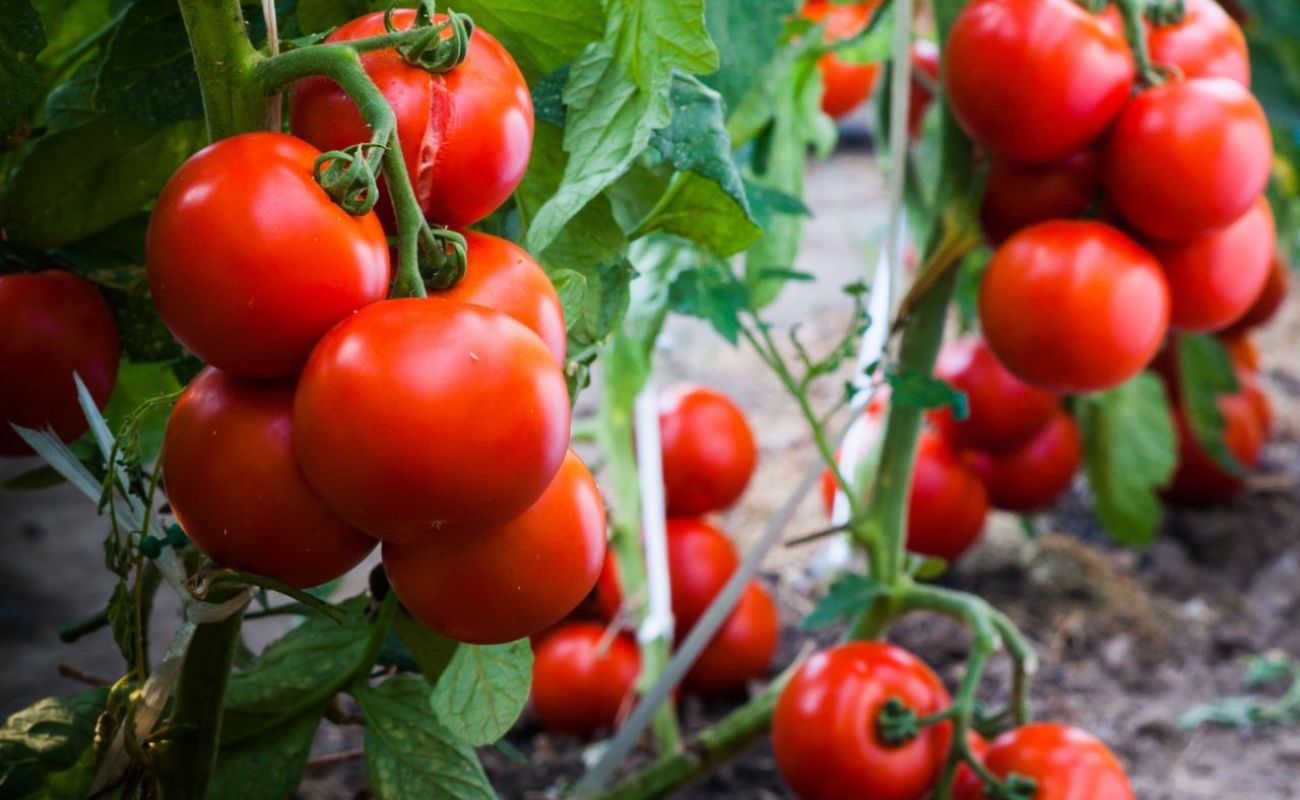
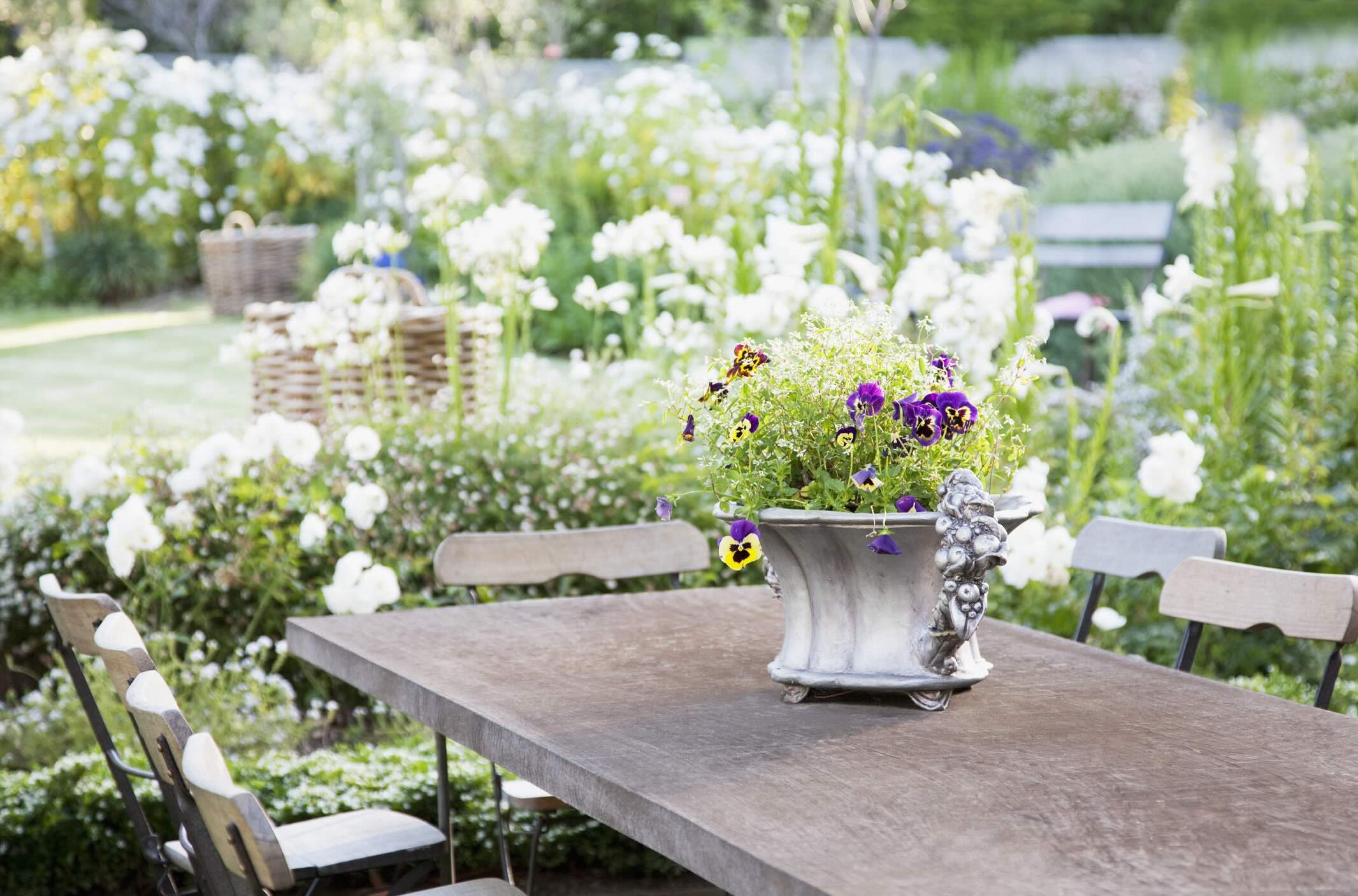
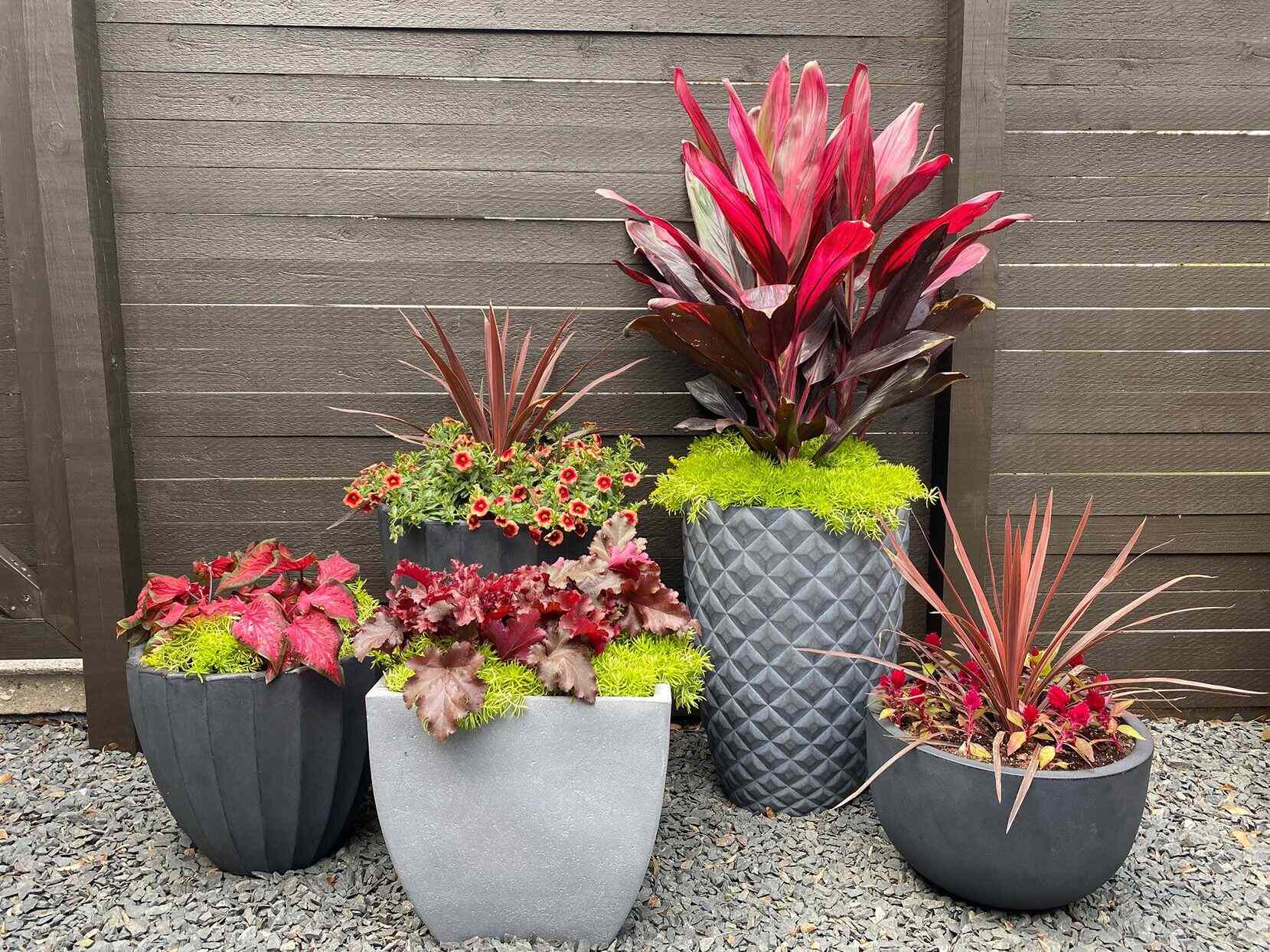
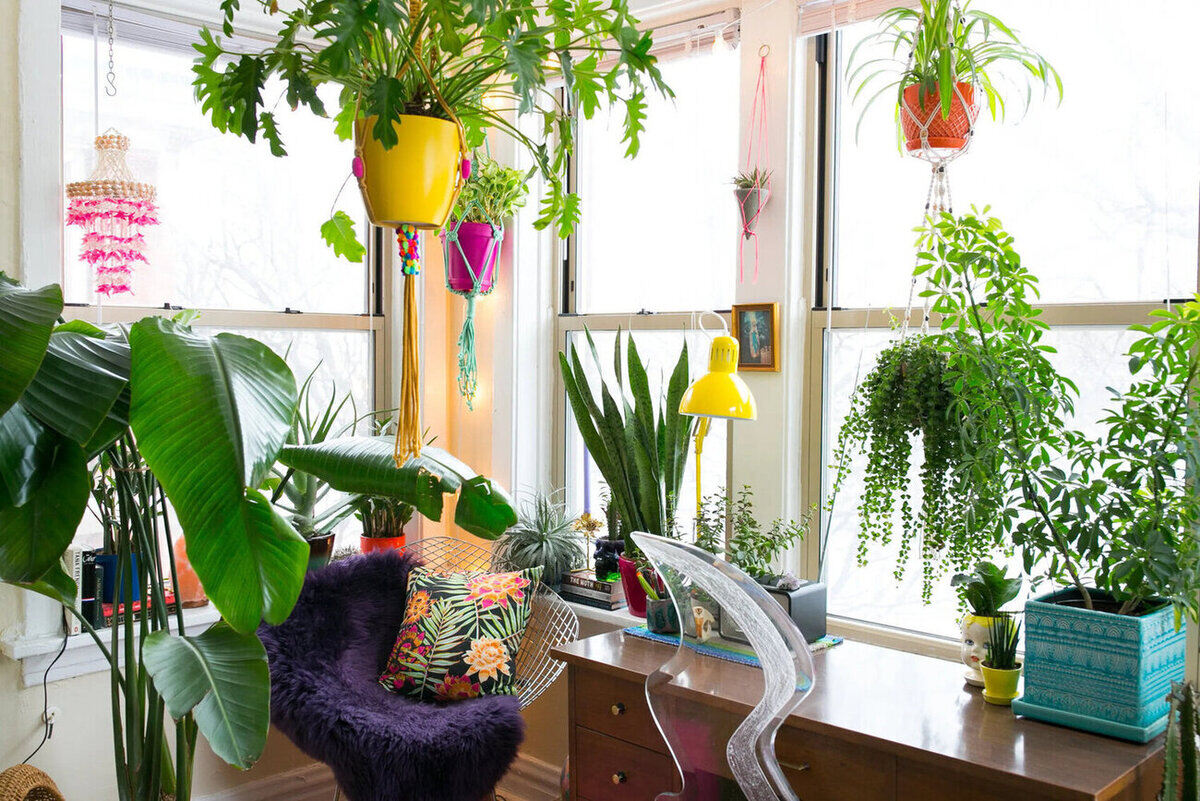
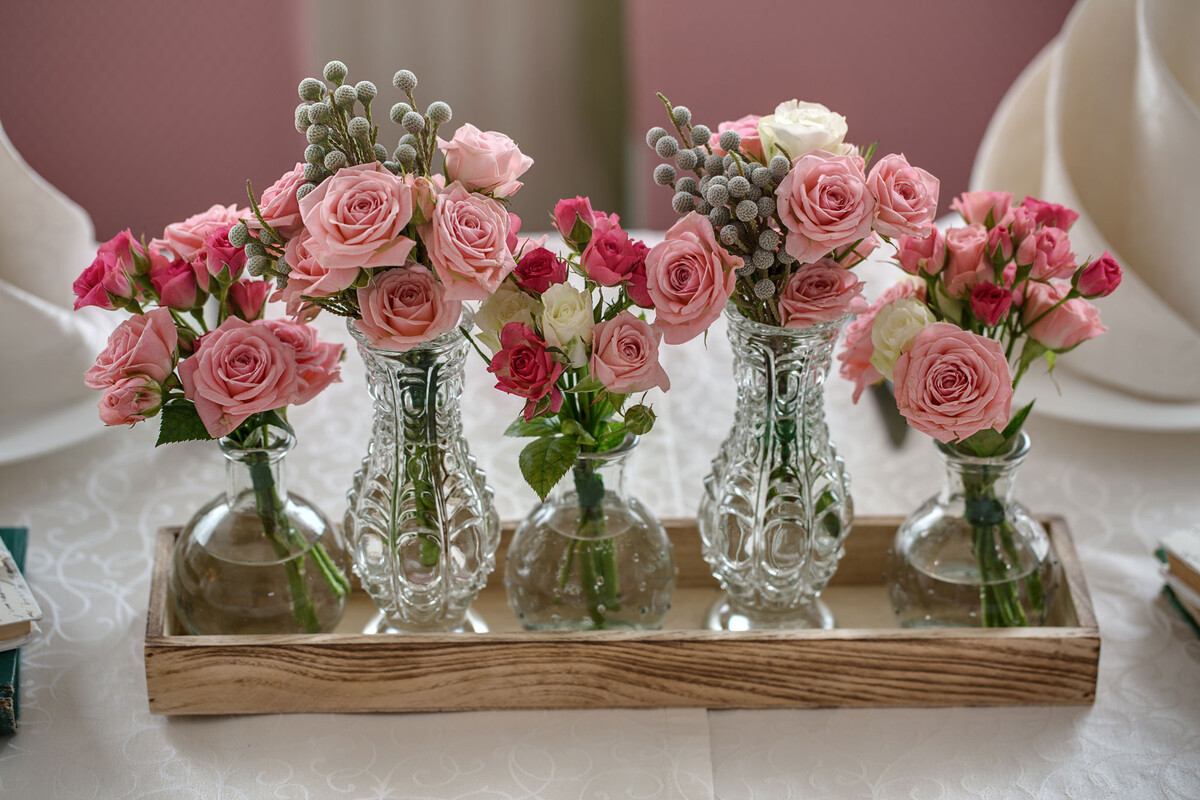
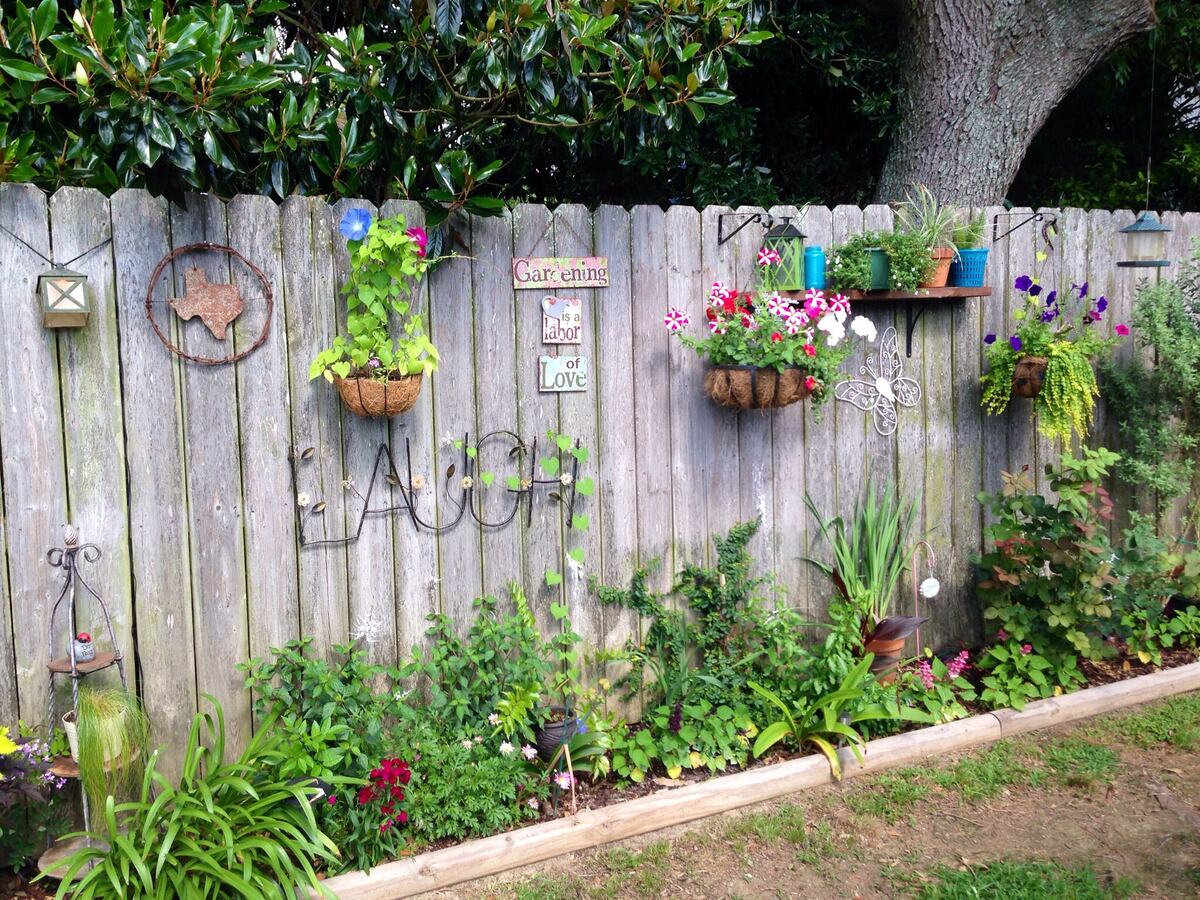
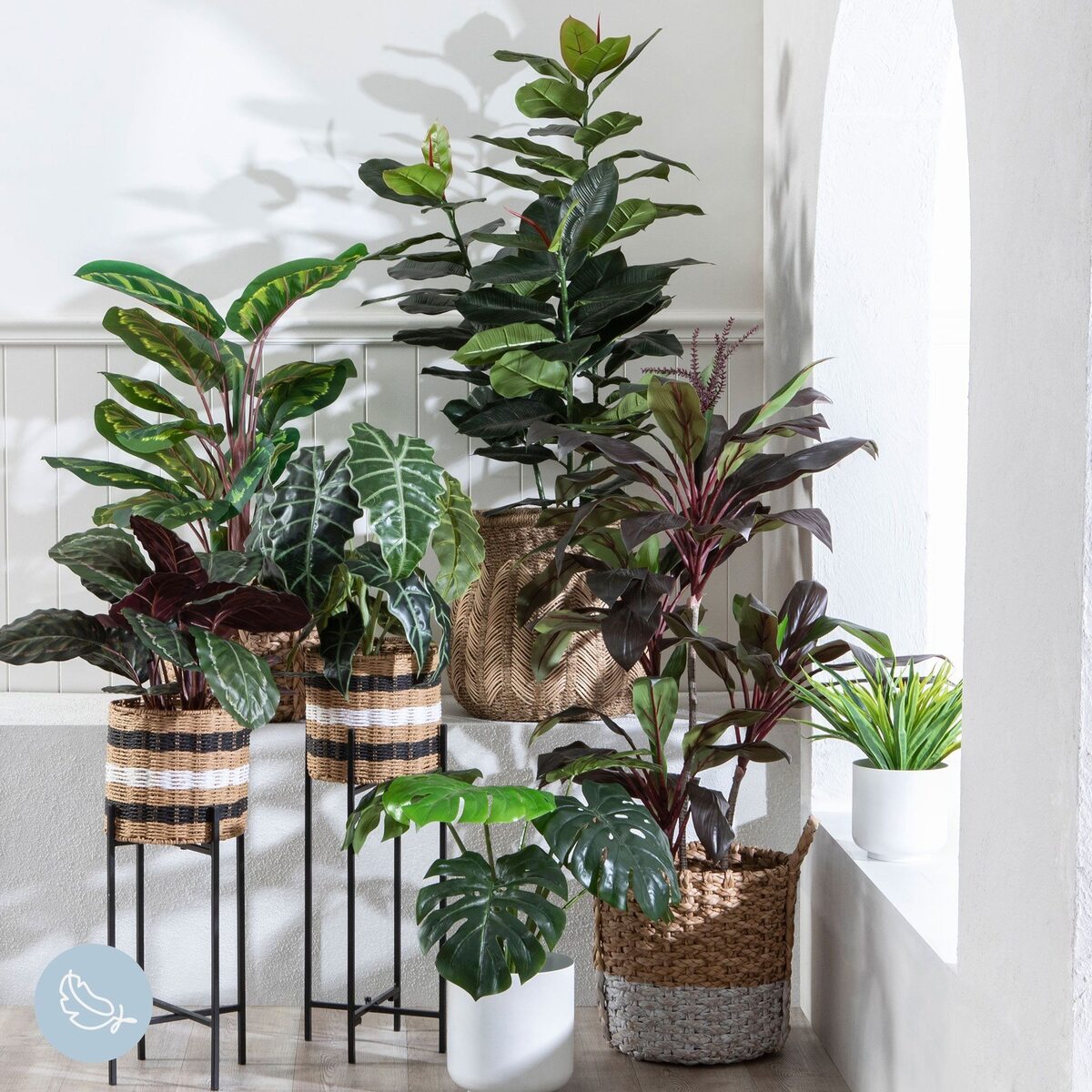
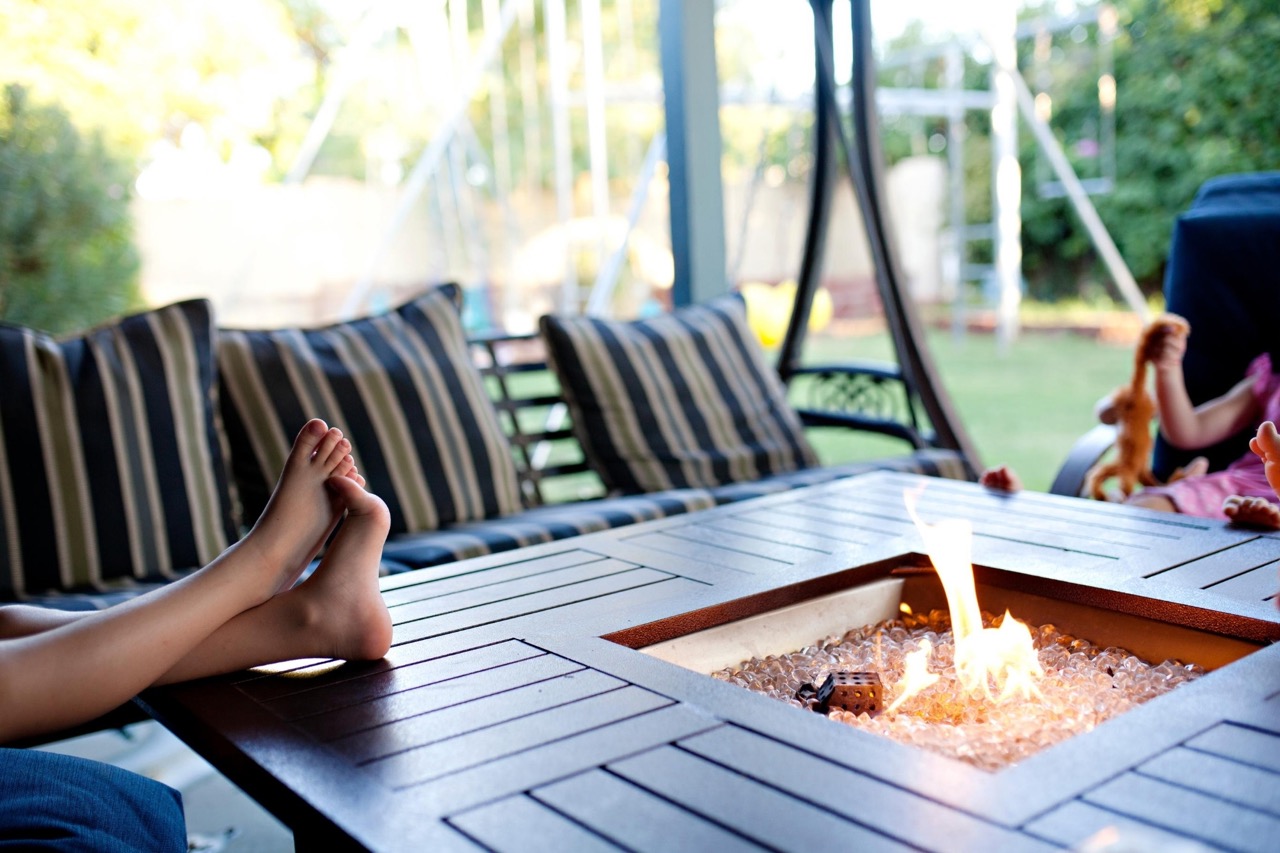
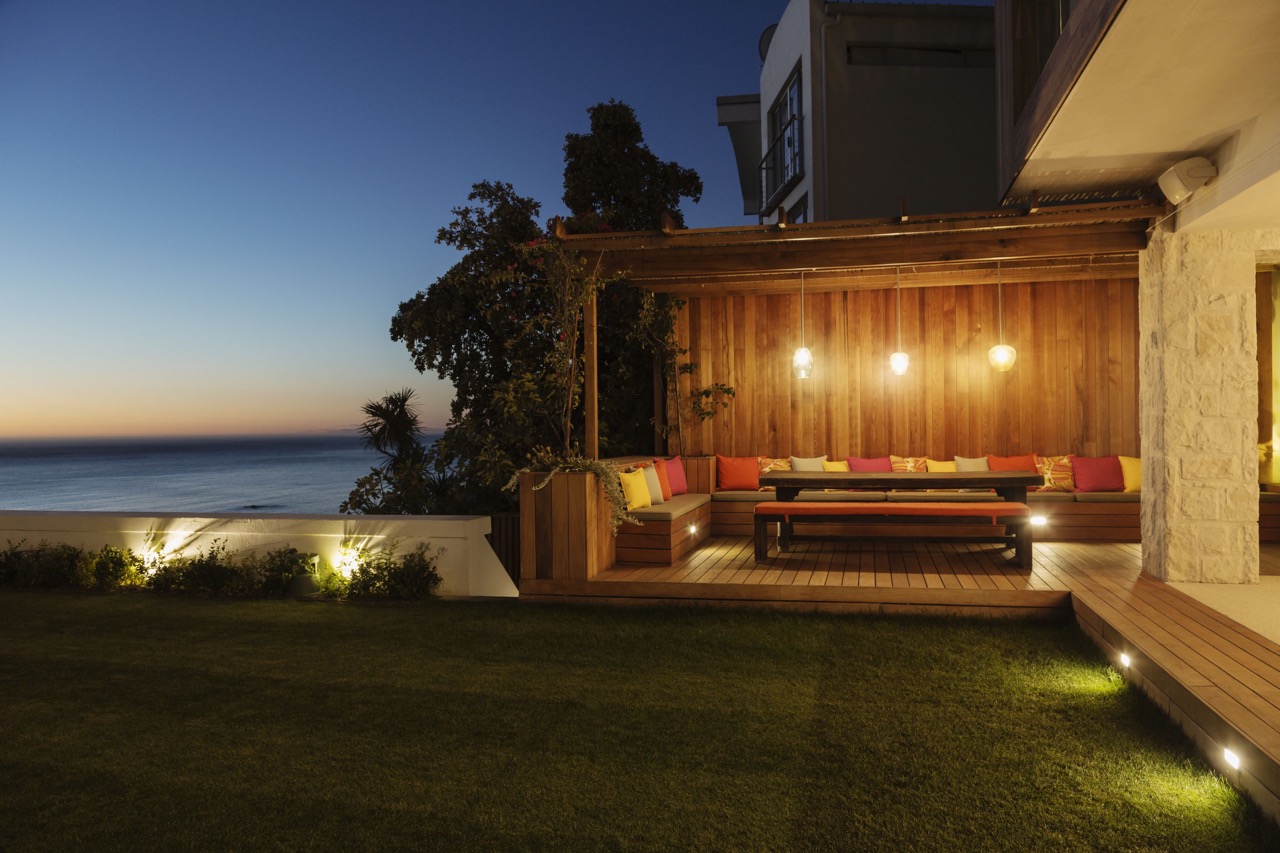
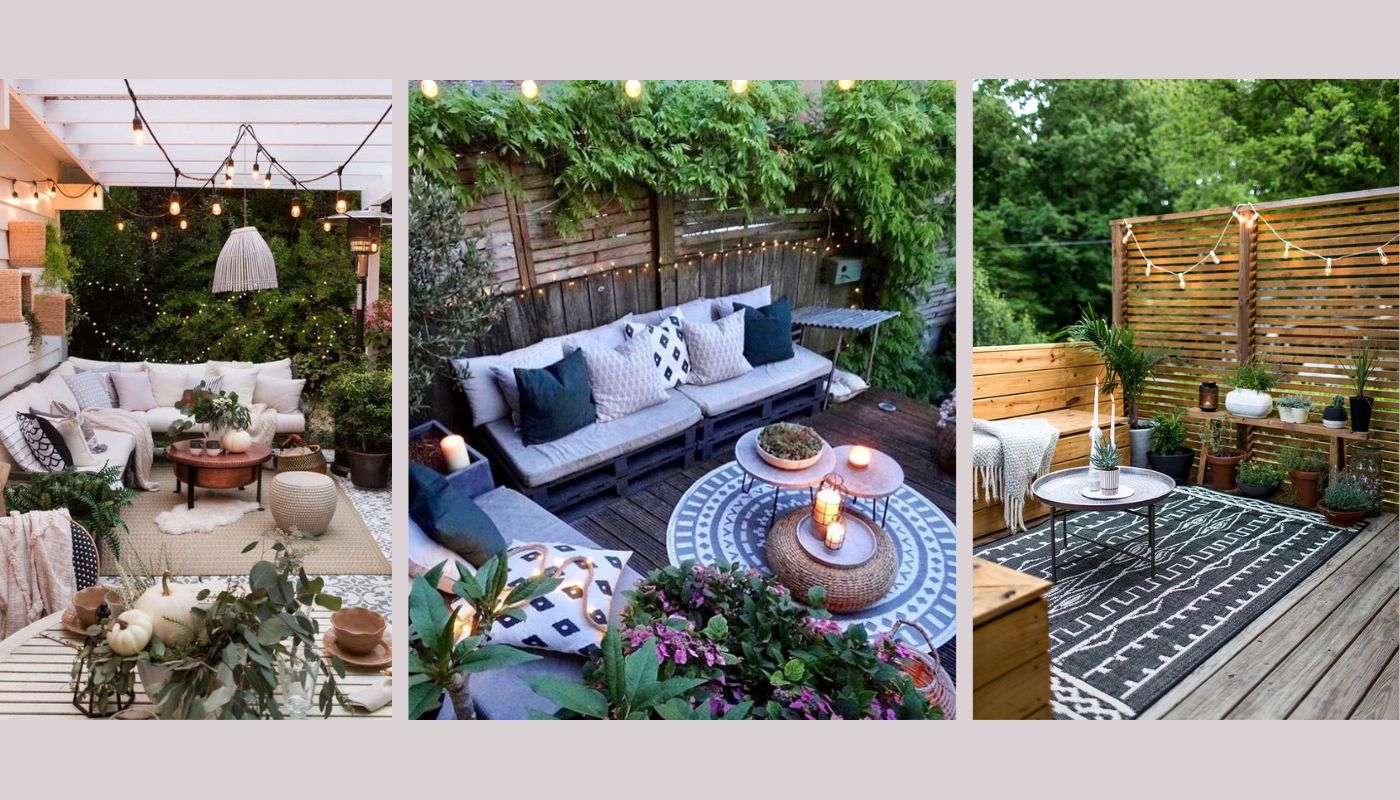
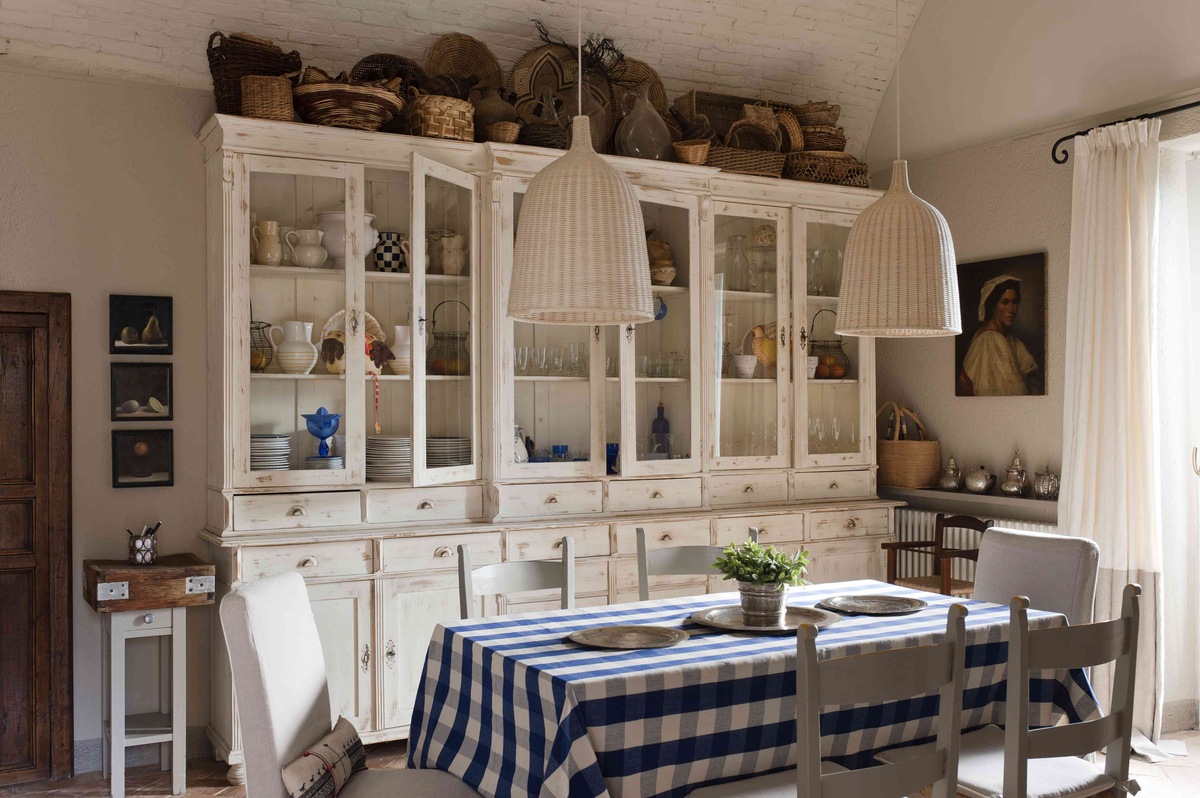
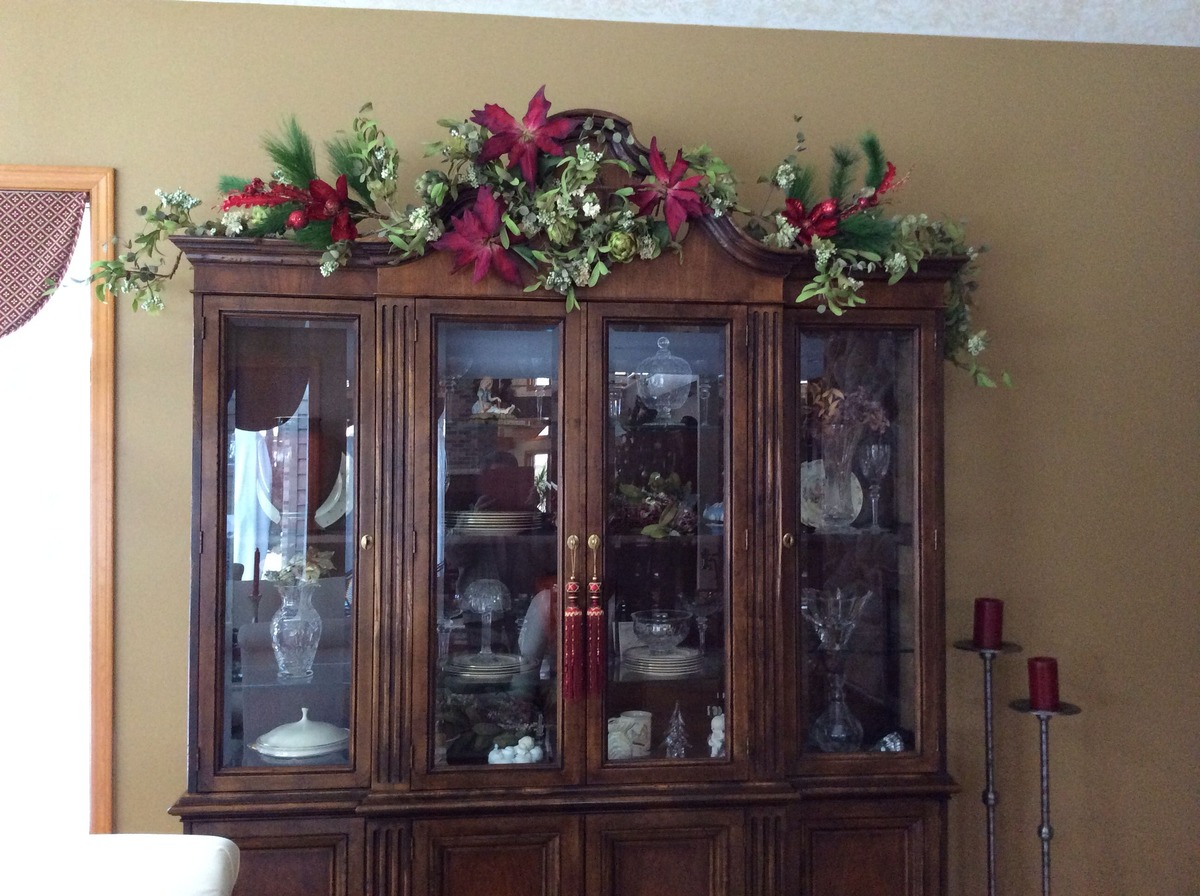
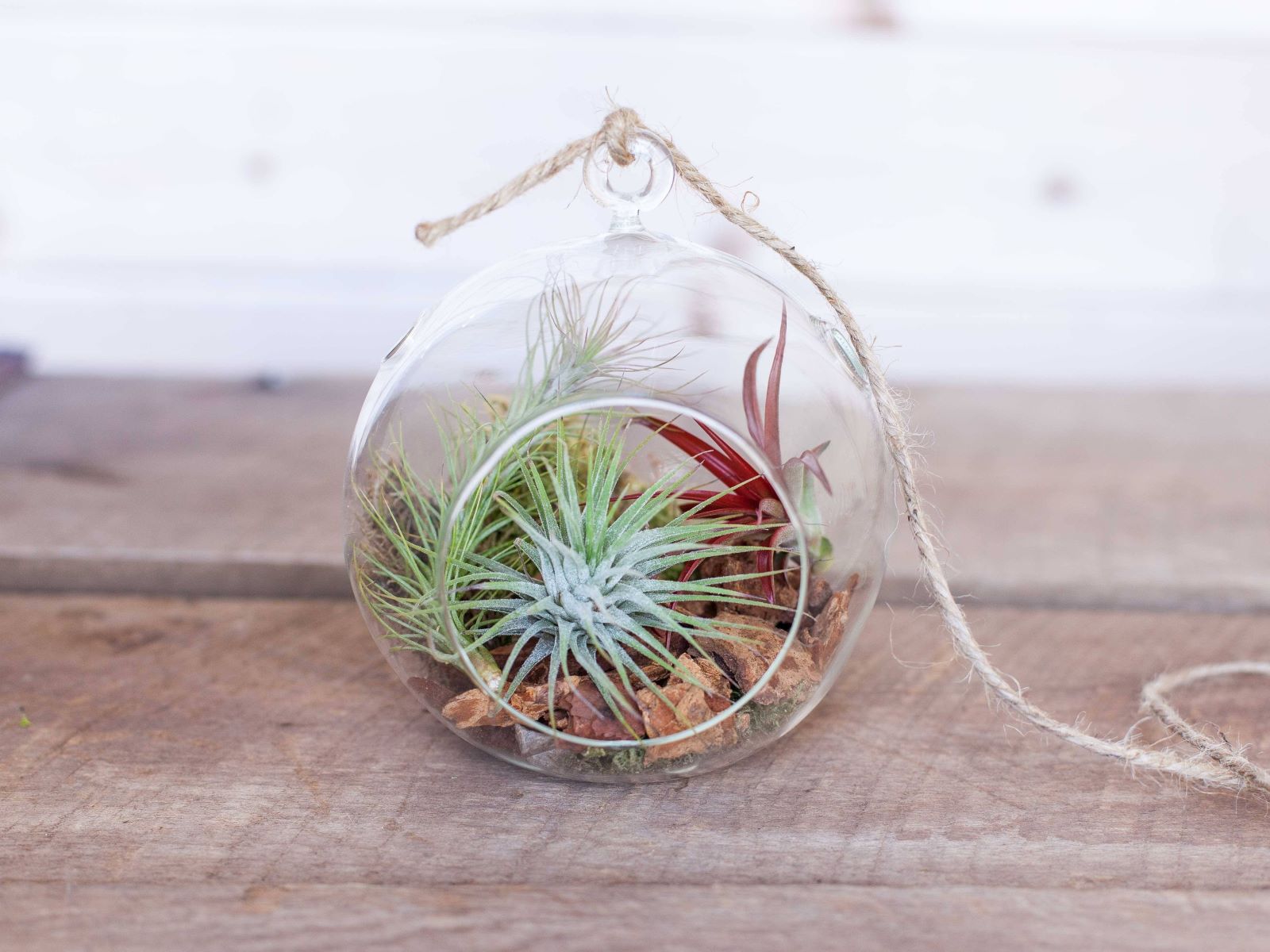

0 thoughts on “How To Decorate A Patio With Plants”